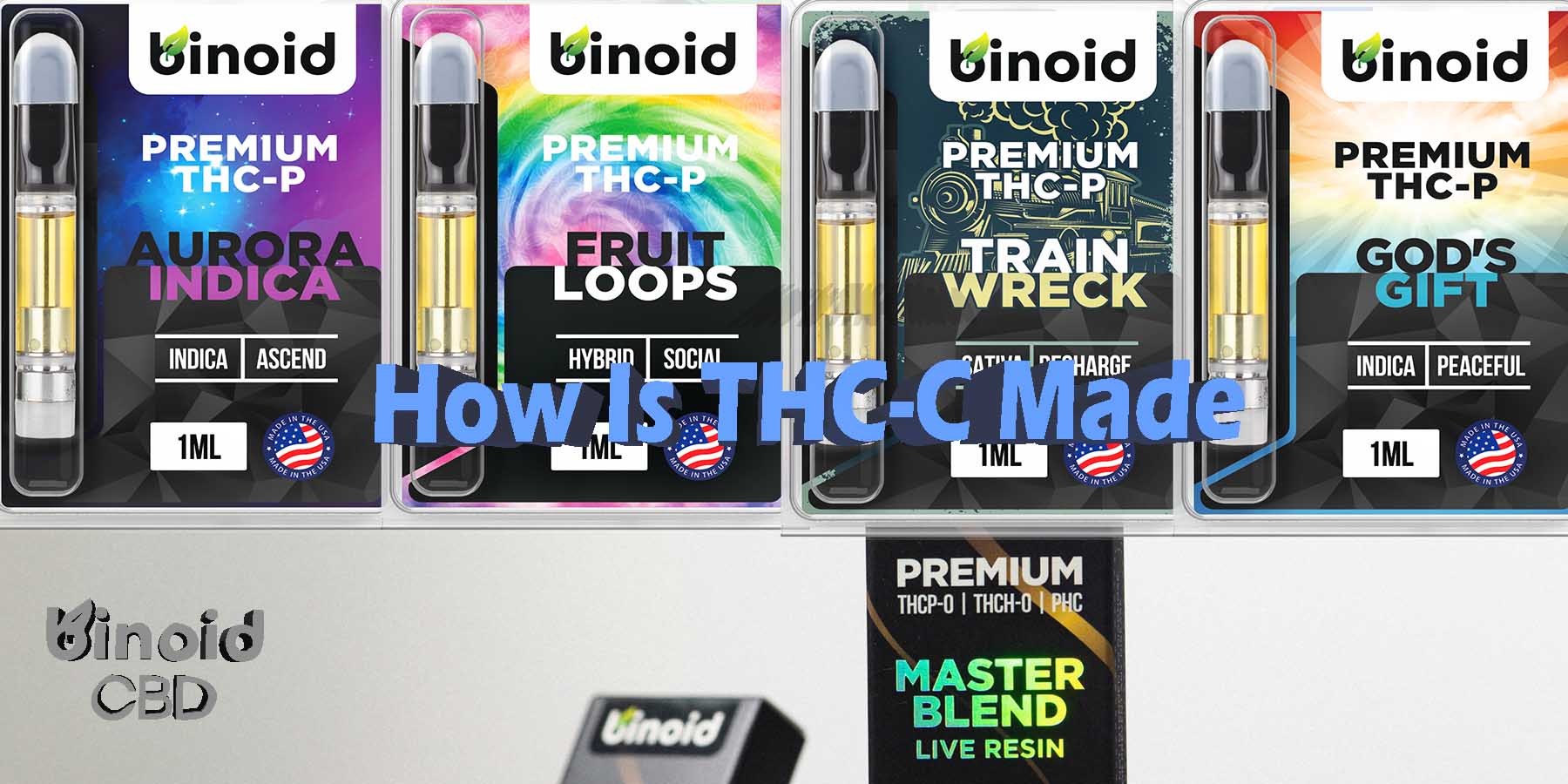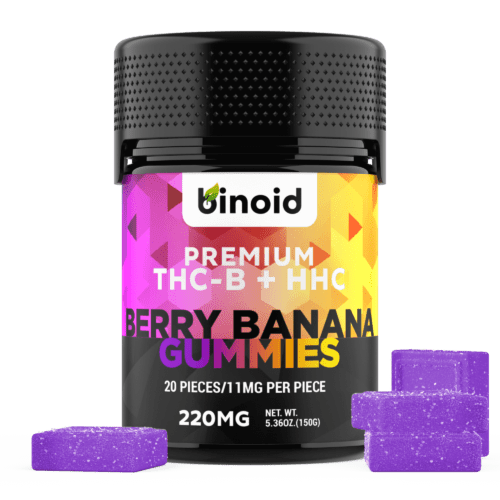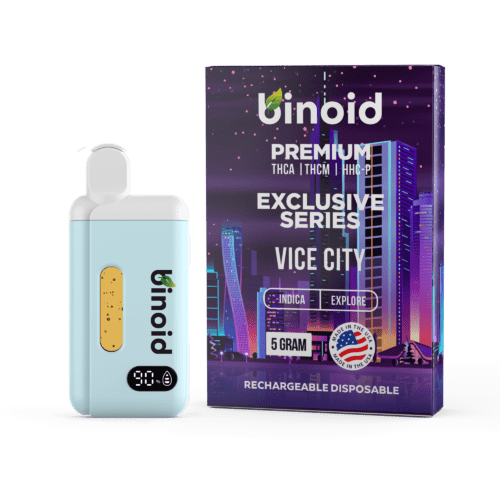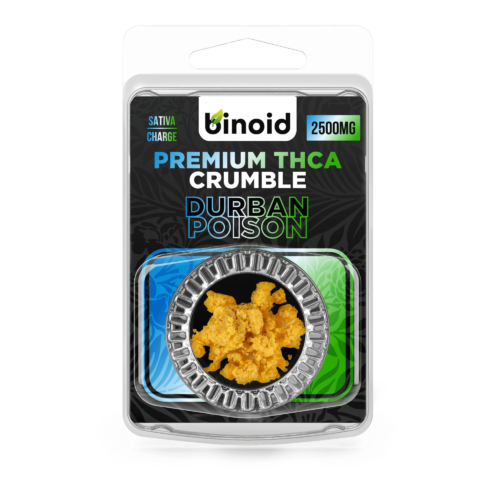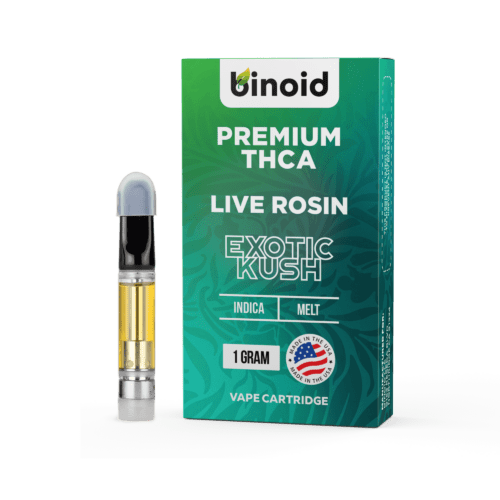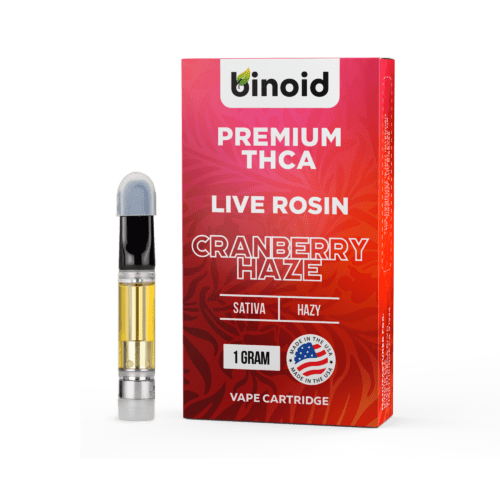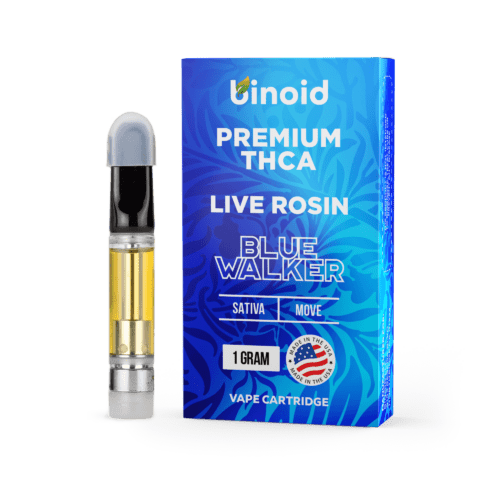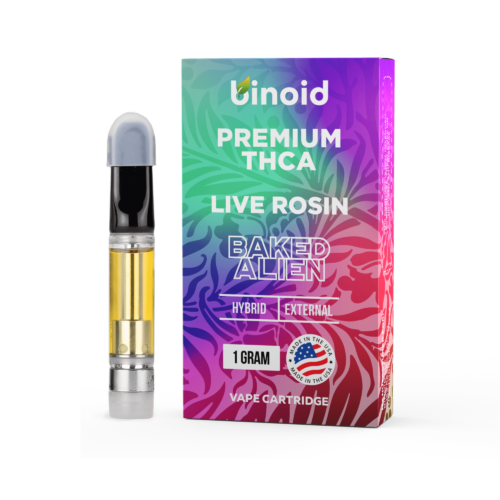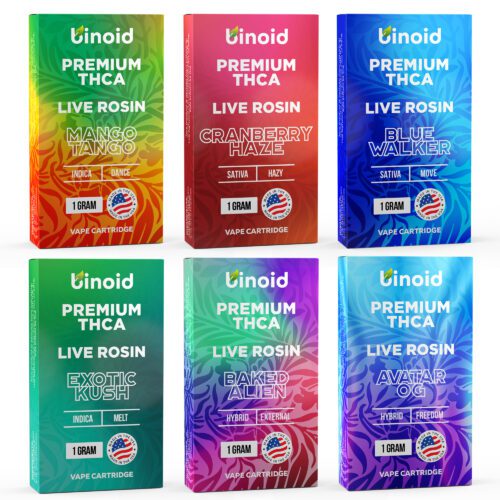THC-C is proving to be one of the most unique cannabinoids yet. Often described as behaving like a more potent form of CBD, it’s nonintoxicating, and may be great for unwinding, and managing physical discomfort.
Even though THC-C isn’t really available on the market yet, that’s all about to change. So, while we wait for this new cannabinoid to enjoy in our favorite product forms, let’s learn about how it’s made.
TO BUY THC-C PRODUCTS CLICK HERE
Recommended products
What Exactly is THC-C?
THC-C, or tetrahydrocananbiorcol, is a minor cannabinoid found in the pollen of the male hemp plant – something that’s significant, as most other cannabinoids come from the flowers of the female hemp plant. It doesn’t seem to attach to CB1 or CB2 receptors, but rather work with TRPA1 receptors, which regulate a wide range of nervous system functions. Like we said, the cannabinoid shows zero psychoactive abilities.
The Process of Making THC-C
As you’re about to find out, the process of making THC-C products isn’t all that different from making other hemp products. Let’s walk you through all of the steps.
#1: Sourcing the Best THC-C Possible
Hemp products all begin with the raw hemp plant, and finding the best-quality THC-C hemp possible is therefore essential. A company should, ideally, strive to seek out raw hemp that comes from a local farm, as the less it travels, the better. Besides that, hemp farmers in the United States are held to stricter standards than they are in many other countries, which yields a superior product.
On top of that, it’s best if the hemp is grown organically – in other words, grown according to the strict USDA standards for organic agriculture. This means that the hemp contains zero pesticides or other known environmental toxins, and that it better retains its chemical composition as a result of zero exposure to toxic farming chemicals.
Recommended products
#2: Creating the THC-C Distillate
All THC-C products contain what’s known as THC-C distillate – a pure extract of the cannabinoid, that can be infused into basically any product form. Now, because THC-C is such a trace cannabinoid, the amount of raw hemp material needed to produce a meaningful amount of distillate would be astounding, and anything but cost-efficient. So, instead, companies use a technique called isomerization, which is the same process used to make delta 8 products, THC-P products, and so on.
Isomerization relies on the fact that all cannabinoids originate from CBG (cannabigerol), and so they all share the same chemical composition, with their atoms simply arranged in a different way. You can take CBD, the cannabinoid in hemp that dominates its chemical composition, and rearrange its atoms to turn it into THC-C. And, that’s exactly how THC-C products will be made.
To create a purified THC-C extract, a distillate is produced, which involves pushing steam through the material at varying temperatures and pressures to eliminate the unwanted compounds, leaving behind almost 100% THC-C.
Recommended products
#3: Making Different THC-C Products
Now that we have THC-C distillate ready to go, we can formulate a variety of products. Gummies, vape oils, tinctures, concentrates, and even THC-C flower will all contain this extract, blended with ingredients, of course. Keep in mind that some companies may also sell pure THC-C distillate, which again is simply the purified extract of the cannabinoid, which is flavorless and odorless.
When THC-C does eventually makes its way onto the market, you can expect it to be available in:
- Pre-filled vape cartridges (vape carts)
- Disposable vape pens
- Edibles
- Capsules
- Dabs/concentrates
- Tinctures
#4: Third-Party Testing
Now comes a step that’s absolutely essential, which is third-party testing. Once a THC-C product has been produced, the manufacturer must send it off to a state-licensed third-party laboratory, where it’s tested for purity, potency, safety, and chemical composition, along with federal compliance. These lab reports are then given back to the manufacturer, and should be displayed on their website, to offer consumers a means to verify that they’re buying the best-quality THC-C product possible.
Recommended products
#5: Packaging
Finally, it’s time to package the THC-C cannabinoid product, which requires more effort than you may think. For one thing, as we’re working with organic compounds, we need to make sure that the packaging is airtight, as oxygen can cause the cannabinoid to break down and lose its potency before it’s even in the hands of a customer. The packaging should also provide information about the ingredients in the product, and how to take the product for the best results, including the ideal dosage amount.
These are the Steps to Making Exceptional THC-C Products
THC-C hasn’t arrived just yet, but as we speak, Binoid has been busy, preparing to launch new and exciting products that allow hemp enthusiasts to explore this cannabinoid for themselves. And, as you can see, the steps involved to making THC-C products isn’t really different from making other hemp products that many of us are used to taking. So, stay tuned, because before long, you’ll be able to see what this cannabinoid can do for your life.

